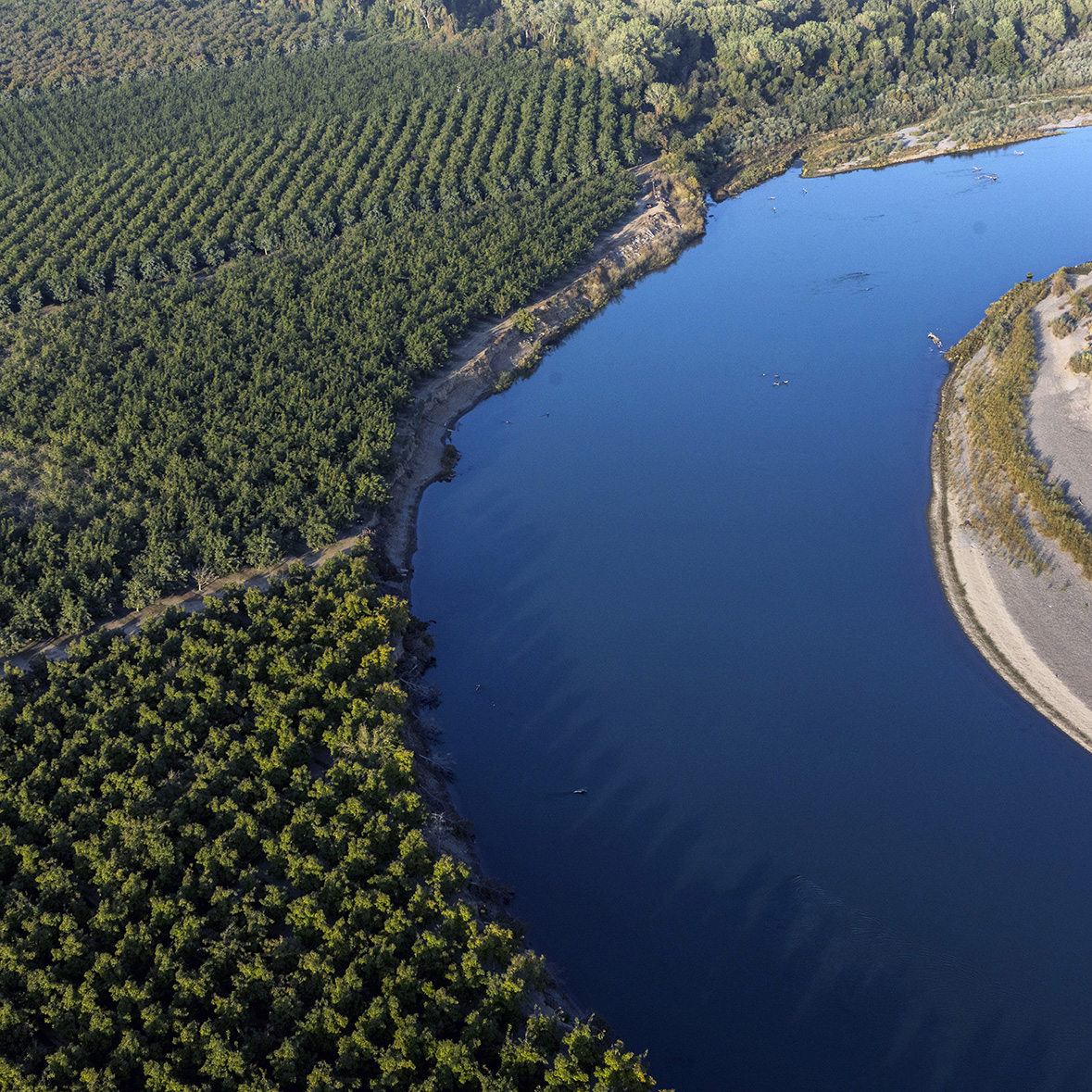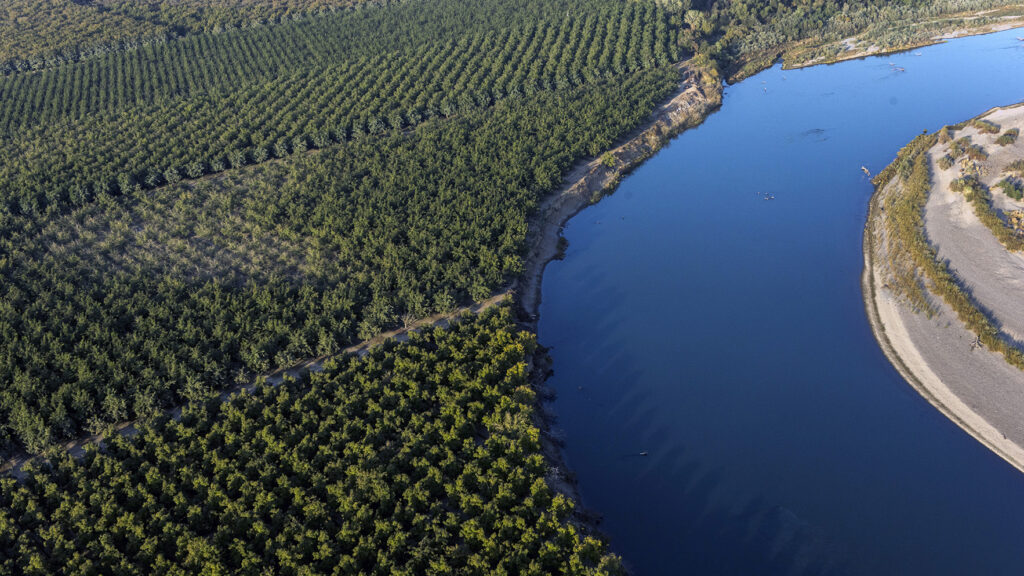
22 Mar World Water Day 2023: Building a Resilient Water Future

If we were writing this on the other side of 2023’s mega-storms, perhaps the immediacy would be heightened, but the message would be the same: the western US is not currently equipped to weather the extreme water supply conditions our future holds…but we are getting there. This year, on World Water Day, we can reflect on the challenges we face in communicating about water today, as well as the opportunities that lie ahead.
At K&A, we have been counseling water agencies and cities on how to now talk about water as we shift from severe drought to more normal conditions. It can be nuanced, but it comes down to two things— we need to maintain a long-term, steadfast commitment to using water efficiently, and we also need to make significant investments in new infrastructure. These complementary strategies—if executed well—will hold the western US steady during the peaks and valleys of climate conditions during the next several decades.
We can change our relationship with water today. This is a change many have already made. According to Stanford University, although Southern California water officials predicted that by 2040 expanded conservation efforts should save enough water to supply about 2.3 million new residents, the population is actually expected to grow by 3.1 million.
New infrastructure takes longer, no question about that, but we can and are making progress today. California alone is home to 35 proposed potable reuse projects, which—if built—will provide nearly 1 million acre-feet per year. K&A is proud to be working on several of these forward-thinking projects in California and across the country, including Pure Water San Diego, Pure Water Southern California, Pure Valley Antelope Valley, Pure Water Las Virgenes-Triunfo and Cave Creek (Arizona).
We also need collaborative solutions to help us better capture and store water when it’s available. Another K&A project, Sites Reservoir, will do just that. And there are many other efforts that will change the way we move, store, treat and deliver water supplies to people, businesses and farms—all worthy of consideration.
There are many, many projects on the table in the western US that have the potential to create new water supplies for the state or enhance the reliability of our water supplies. But not one of these projects will advance if we are working in a vacuum. Engaging with stakeholders—particularly those who are often overlooked and under-engaged—is essential to ensuring that a project reflects a community’s needs and values. By creating connections and engaging with stakeholders, we can create a more resilient water future that supports all of our communities. We are at a pivotal time in our water history. Let’s do this right.
